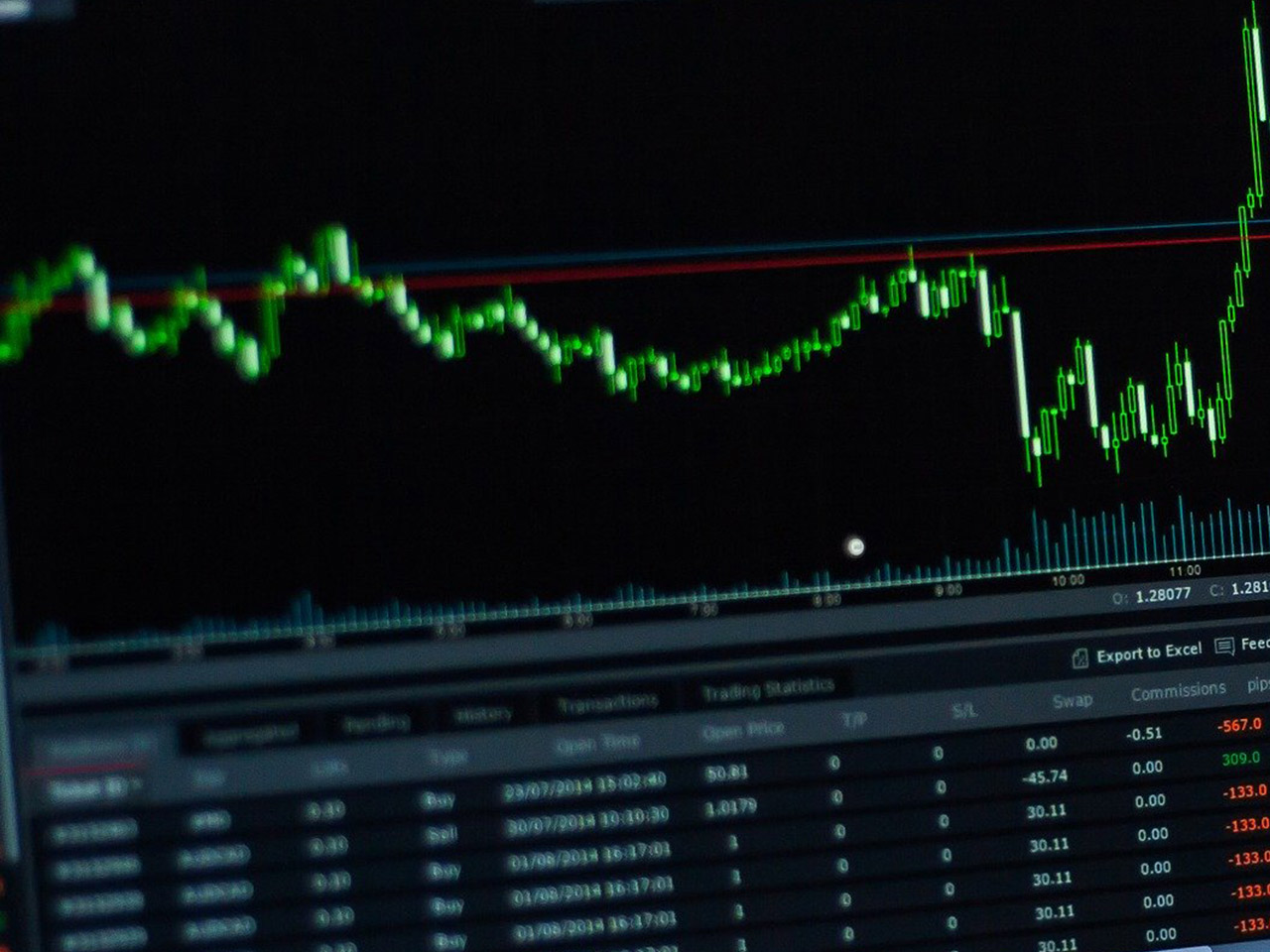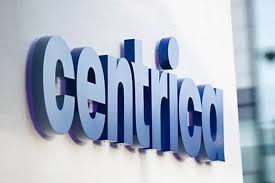Sarepta Therapeutics, Inc. (NASDAQ: SRPT), a key player in the biotechnology sector, has captured considerable attention in the healthcare industry with its innovative approach to treating rare diseases. With a market capitalization of $2.51 billion, Sarepta stands at the forefront of RNA-targeted and gene therapies, particularly focusing on Duchenne muscular dystrophy (DMD).
The company’s current stock price is $24.01, reflecting a modest price change of 0.76 (0.03%). Despite the current price being significantly lower than its 52-week high of $137.94, Sarepta still holds a promising pipeline that could potentially drive future growth.
Sarepta’s revenue growth of 68.40% is a standout metric, signaling robust business expansion and increased adoption of its therapeutic offerings. The firm’s product lineup includes EXONDYS 51, VYONDYS 53, AMONDYS 45, and the gene therapy ELEVIDYS, all targeting various mutations of the dystrophin gene associated with Duchenne muscular dystrophy. Additionally, Sarepta is advancing its SRP-9003 program targeting limb-girdle muscular dystrophies.
However, the company faces financial challenges, as evidenced by a negative earnings per share (EPS) of -0.68 and a negative return on equity (ROE) of -4.76%. Moreover, Sarepta’s free cash flow stands at -$257.1 million, indicating significant cash burn, likely due to heavy R&D investments necessary for developing cutting-edge therapies.
Analysts have a mixed outlook on Sarepta, with 6 buy ratings, 15 hold ratings, and 5 sell ratings. The average target price is $23.52, suggesting a potential downside of -2.03% from the current levels. This cautious stance might be attributed to the speculative nature of biotech investments and the financial risks inherent in high R&D expenditure.
From a technical perspective, Sarepta’s stock is trading below both its 50-day moving average of $20.27 and its 200-day moving average of $47.57, which might indicate bearish sentiment. The Relative Strength Index (RSI) is at 39.25, pointing towards a neutral to slightly oversold condition, while the MACD and Signal Line indicators suggest minimal momentum.
Investors should also note Sarepta’s strategic collaborations with industry leaders like F. Hoffman-La Roche Ltd and partnerships with institutions such as Nationwide Children’s Hospital and Duke University. These alliances could enhance Sarepta’s research capabilities and accelerate the commercialization of its therapies.
For investors with a high-risk tolerance and a keen interest in the biotech sector, Sarepta Therapeutics presents an intriguing opportunity. The company’s strong revenue growth and promising therapeutic pipeline are compelling reasons to consider a stake, albeit with caution due to its financial metrics and analyst ratings. As the company continues to innovate and potentially expand its market presence, Sarepta’s future trajectory will be one to watch closely.





































